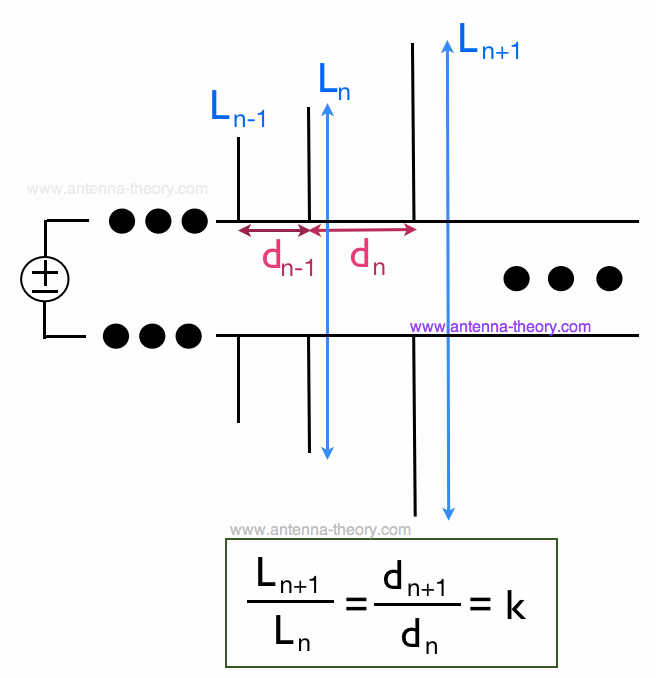log periodic antenna uses which range of frequencies
Directivity is the ratio of maximum radiation intensity in the forward direction to the average radiation intensity from the array. Log Periodic Antenna is used for HF high frequency Communication where rotatable and fixed antennas are generally used.

Advantages Of Log Periodic Antenna Disadvantages Of Log Periodic Antenna
The achievable bandwidth is theoretically infinite.

. Frequency Independent Antenna. Models use the TL trans-mission line facility for modeling which produces a nonradiating lossless mathematical transmission line for the model. Designing a log periodic antenna is a piece of cake.
May be defined as the antenna for which the impedance and pattern and hence the directivity remain constant as a function of the frequency. A log-periodic antenna can be used for EMC measurements when it is necessary to scan a wide band of frequencies. Log-periodic antennas have the same radiation resistance over their frequency range.
The impedance and radiation pattern are the factors that are logarithm function of the frequency. Is the subject of interest in this thesis means wideband antennas need be designed and used. Being log-periodic the antennas main characteristics radiation pattern gain driving point impedance are almost constant over its entire frequency range with the match to a 300 Ω feed line achieving a standing wave ratio of better than 21 over that range.
The log periodic dipole array LPDA is generally able to operate over a frequency range of around 21 and provide forward gain over a dipole. The nominal frequency range of the Log-Periodic Antenna is 700 to 3600 MHz but it can be operated from 700 to 1200 MHz when used with the ATMS by tuning the frequency of the ATMS 1-GHz RF Generator. Just punch in your computer program eg.
This means in this antenna. A Log-periodic antenna is that whose impedance is a logarithamically periodic function of frequency. This is one of the most popular and powerful antennas.
Typically these antennas are constructed of a series of parallel metal tubes that are large in the back and get progressively smaller forming a sort of. LPDA Designer a few parameters for frequency range power handling directivity impedance etc and out pops boom and element lengths diameters and spacings - and probably radiation gain profiles for elevation and azimuth. Log periodic antennas have much broader frequency bandwidths than Yagi antennas.
DIY LPDA Calc or smartphone app eg. The frequency range in which the log-periodic antennas operate is around 30 MHz to 3GHz which belong to the VHF and UHF bands. The LPDA we will discuss in this article covers a frequency range of 200 to 1000 MHz.
This antenna is made of a series of dipoles placed along the antenna axis at different space intervals of time followed by a logarithmic function of frequency. Log-Periodic antennas antennas are designed for the specific purpose of having a very wide bandwidth. His simple but significant theory has become the foundation for studying many wideband antennas such as log-periodic dipole antenna LPDA.
It is also used for television reception where only single Log Periodic design will get every one of the channels even up to the UHF band. It features equalized E and H plane beamwidths and its unique feed design provides improved high frequency response and greater power handling capabilities. The log-periodic antenna is used for linearly polarized electromagnetic interference EMI measurements over a frequency range of 200 MHz to 1 GHz.
Those closest to the font that are the smallest it will be found that they are spaced close together in terms of the operating wavelength. Frequency independent antennas as a particular class of wideband antennas were first studied by Rumsey 1. The construction and operation of a log-periodic antenna is similar to that of.
Log periodic designs vary but the one most commonly used for EMC work is the Log Periodic Dipole Array LPDA of Figure 1 invented by DE. A log-periodic antenna is used in a wide range of applications where variable bandwidth is required along with antenna gain. Like the Yagi antenna it exhibits forward gain and has a high front to back ratio but the LPDA is able to operate over a much wider bandwidth and will have a lower gain for an equivalent number of elements.
Unlike omnidirectional antennas a log periodic antenna only receives in one direction and unlike standard directional antennas the typical television antennas seen on rooftops these antennas can receive a broad range of frequencies. When the signal meets the first elements on the antenna ie. Frequency range The frequency range in which the log-periodic antennas operate is around 30 MHz to 3GHz which belong to the VHF and UHF bands.
Construction Working of Log-periodic Antenna. The frequency range in which the log-periodic antennas operate is around 30 MHz to 3GHz which belong to the VHF and UHF bands. They have a number of half-wave dipole parts spaced at constant intervals.
Assuming no resistive losses in the antenna system 95 dB directivity equates to 95 dB gain over an. Looking at the operation of the log periodic antenna take the condition when this antenna is approximately in the middle of its operating range. These dipoles are active and have an alternating polarity.
Isbell of the University of Illinois. Construction Working of Log-periodic Antenna. Well-designed LPDA can yield a 13-to-l SWR over a 18-to-1 frequency range with a typical directivity of 95 dB.
NEC2 antenna Practical High Performance HF Log Periodic Antennas This article describes the electrical and mechanical design process for two LPs that cover the HF bands from 10-30 MHz. The construction and operation of a log-periodic antenna is similar to that of a Yagi-Uda antenna. They operate using a logarithmic function.
The range of operation offered by this antenna lies between 30 MHz to 3. One log periodic antenna may work for both HF and UHF frequencies. The actual bandwidth achieved is dependent on how large the structure is to determine the lower frequency limit and how precise the finer smaller features are on the antenna which.
This antenna can cover a wide range of frequencies. V-Log Periodic Antenna offers a wide frequency range of 80 MHz to 1 GHz with enhanced gain over standard log periodic dipole array antennas. The Log-Periodic Antenna is designed to familiarize students with the principles of frequency independent antennas.
It is a multi-element directional narrow beam antenna that works on a wide range of frequencies. Antenna components are proportional in size to each other and to the wavelength. Log Periodic Antenna.

What Is Log Periodic Antenna Working Characteristics Advantages Disadvantages And Applications Of Log Periodic Antenna Electronics Desk

Ei7gl A Diary Of Amateur Radio Activity Commercial Log Periodic Antenna For 30 To 70 Mhz

Log Periodic Dipole Antenna Geometry Download Scientific Diagram
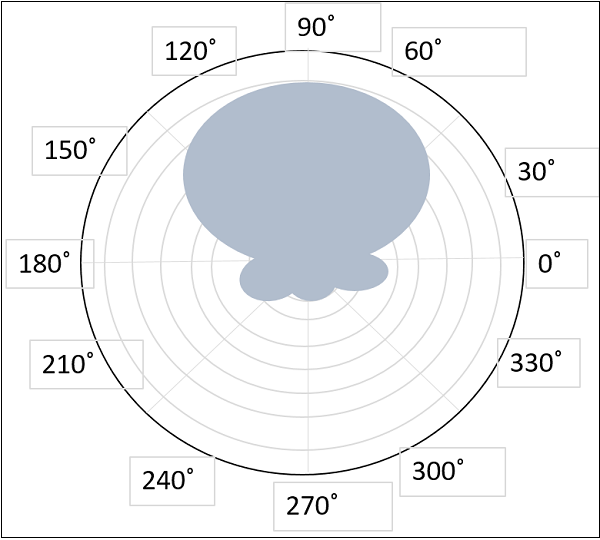
Antenna Theory Log Periodic Antenna

Comparison Of Evolutionary Algorithms For Lpda Antenna Optimization Lazaridis 2016 Radio Science Wiley Online Library

Log Periodic Dipole Array Response A S And B Far Zone Electric Download Scientific Diagram
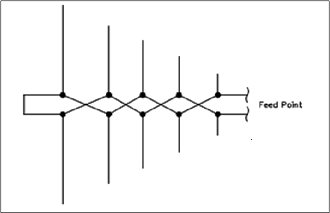
Antenna Theory Log Periodic Antenna

Log Periodic Antenna Engineering Projects
W8io Antenna Site Lpcad Log Periodic Antenna Design
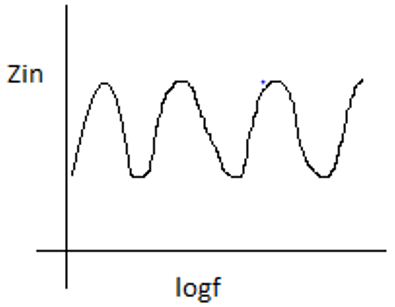
Log Periodic Antenna Frequency Independent Antenna Questions And Answers Sanfoundry
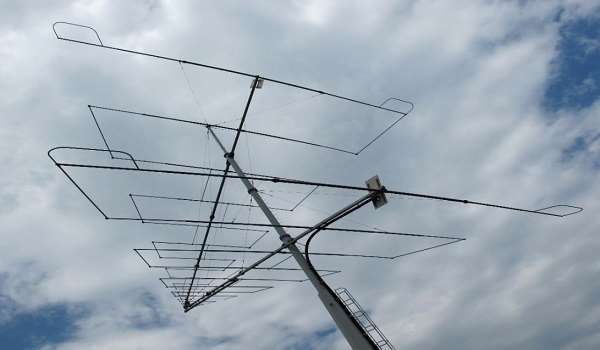
Antenna Theory Log Periodic Antenna

Schematic Diagram Of Log Periodic Dipole Antenna Download Scientific Diagram

The Antenna Terms You Need To Know Log Periodic The Solid Signal Blog



